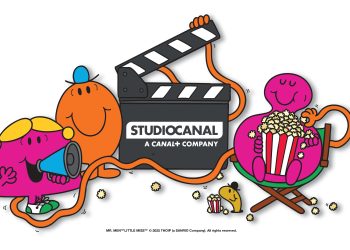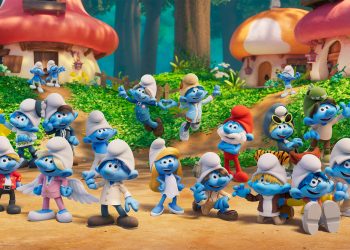In times fraught with conflict and uncertainty, stories that highlight the resilience of the human spirit can resonate deeply. A Bear Named Wojtek tells the remarkable true story of Wojtek, an orphaned Syrian brown bear adopted by Polish soldiers during World War II, becoming a symbol of hope and fortitude amidst the chaos of war.
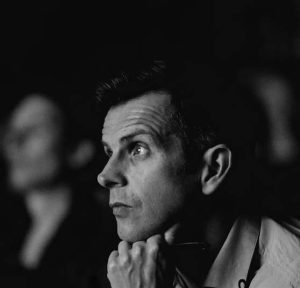
The film follows the bond between Wojtek and Polish Army soldier Piotr Prendys in a journey filled with adventure and tenderness, showcasing how Wojtek went from being a mere mascot to an enlisted soldier, famously carrying munitions during the Battle of Montecassino. Following the war, both Wojtek and Piotr find themselves as refugees in Scotland, mirroring the challenges faced during the post-WWII geopolitical reshuffling.
This half-hour animated special reflects not only the experiences of the Polish people during a tumultuous period but also resonates with current themes of displacement and nationalism.
Why did you choose to tell Wojtek’s story? How did you ensure the historical accuracy?
In a weird way, Wojtek chose me to tell his story – I first learnt of the bear as a student sketching at Edinburgh Zoo and I seemed drawn to his former enclosure. And my current studio at Summerhall in Edinburgh used to be the University’s Veterinary School and it’s where Wojtek was brought for examination when he died. So, I’ve been aware of the bear for some years. But it was the dialogue around the UK’s Brexit Referendum in 2016 that focused the POV for me, as the language being used against communities within our society, many descended from refugees who fought for our freedom during WWII, I found disagreeable.
I would say we honoured the history, without necessarily being accurate to it – research included the Sikorski Institute in London where the original company diaries are archived, and details of Polish military hardware and insignia are kept. Much of the historical context we had to compress into metaphoric imagery to give the feeling of the realpolitik rather than outlining the complex detail.
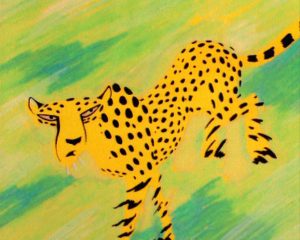
Animals frequently appear in your stories: what fascinates you most about the relationships between humans and nature?
It’s the disconnect which motivates me – the fact that humanity keeps draining our planet’s resources without any apparent awareness on our dependence on the natural world for our own survival. I’m attracted to narratives where the animalistic is treated as a cultural signifier for human values and behaviour – such as Wojtek, who came to represent hope and independence for Poland – or stories where we’ve misunderstood the delicate balance between mankind and the environment, such as in Akbar’s Cheetah.
How would you describe your animation style?
I’d say my style is traditional hand drawn animation – I cut my teeth at the Richard Williams Animation studio, and it’s difficult to shake off that discipline. I’m deeply inspired by the films of Frédéric Back, both in terms of his aesthetic and the messaging, and whilst Back’s animation is sumptuous, his characters move in a more poetic or balletic way which I like to lean towards. A highlight for me personally was for A Bear Named Wojtek to be screened alongside The Man Who Planted Trees and Crac! in celebration of Back’s Centenary at the Quebec City Film Festival.
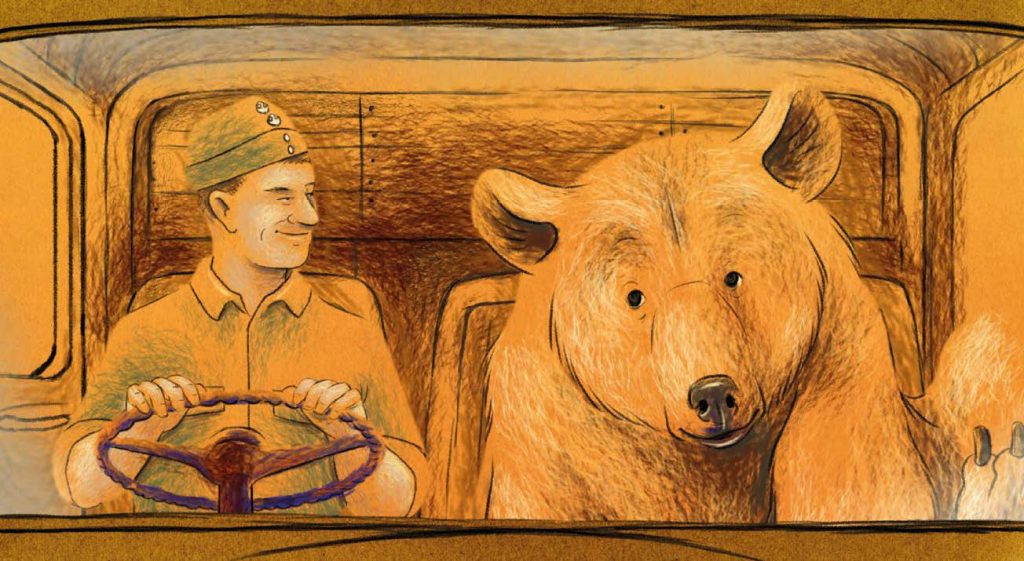
A Bear Named Wojtek has gained international acclaim, winning the Best Animated Film award at the British Short Film Awards 2024. It has also received multiple nominations, including Best Special Production at the Annie Awards® 2024 and a spot on the Shortlist for Best Short Animation at the Academy Awards® 2025. What’s next in Animation Garden’s pipeline?
We’re working on a new format for Mustard & Ketchup called Badger Beats and exploring co-productions with bigger fish. My ambition is to direct a feature film I’ve been nursing for about 30 years. I am currently negotiating the development option from the authors estate, so I can’t divulge the title in the moment. However, it’s the story of a pioneering conservationist who has made a positive impact on some of the world’s most endangered species. It’s akin to Capra’s It’s a Wonderful Life and aims to tell the story with humor and light heartedness. It’s about how an individual can make all the difference. A story of hope and kindness during dark times.




